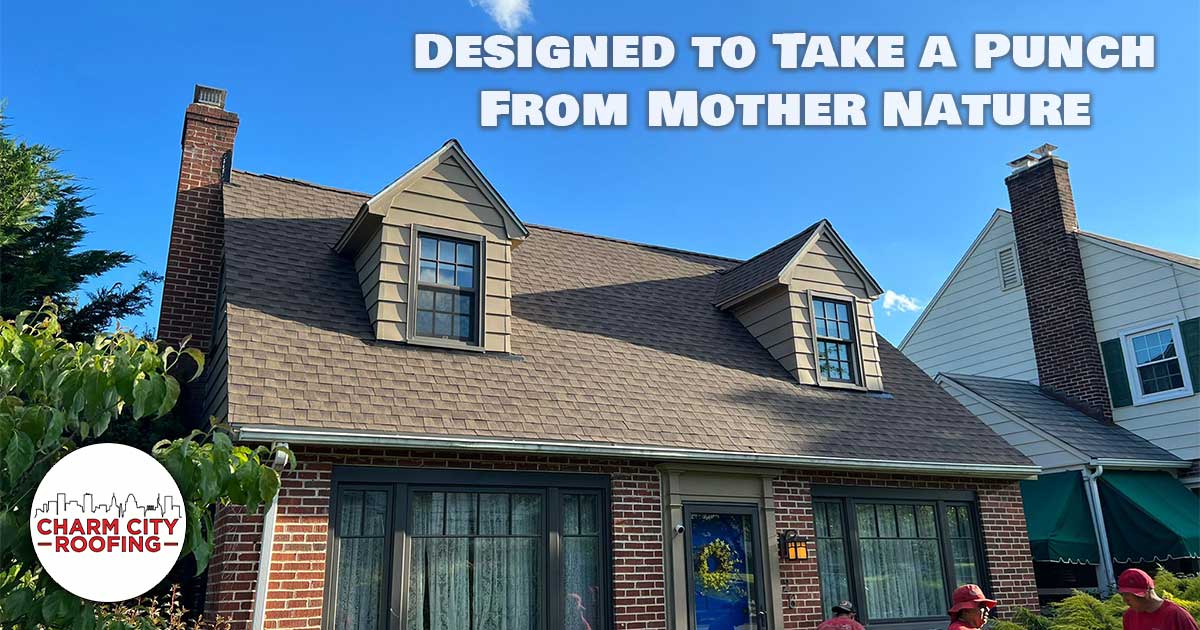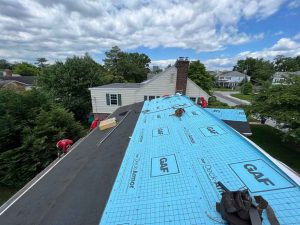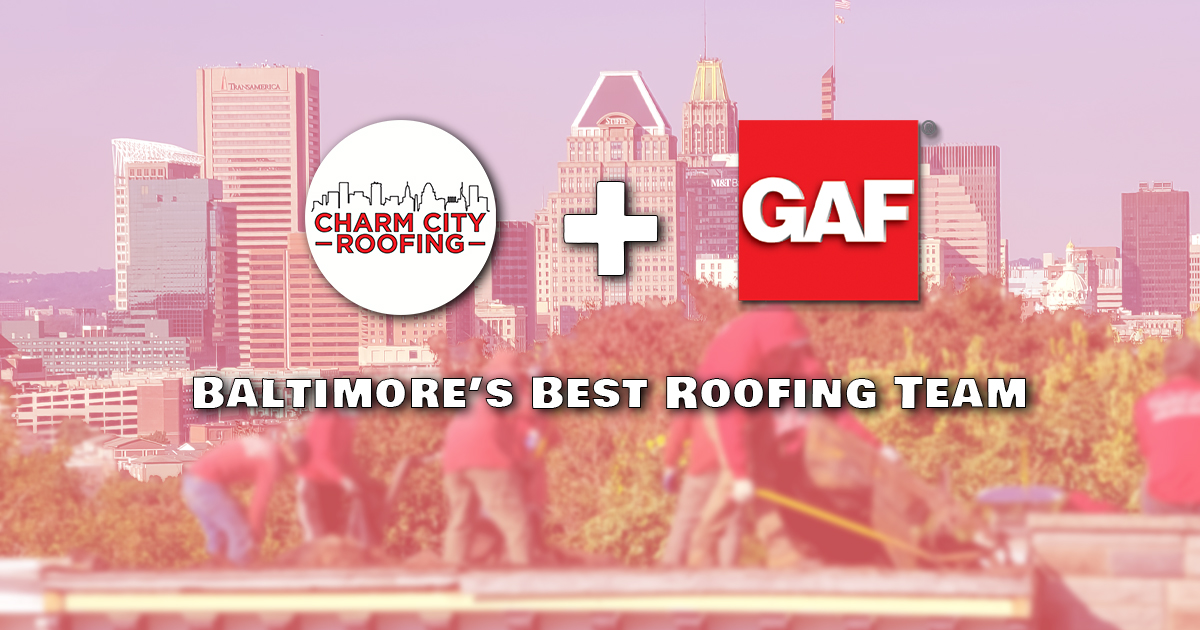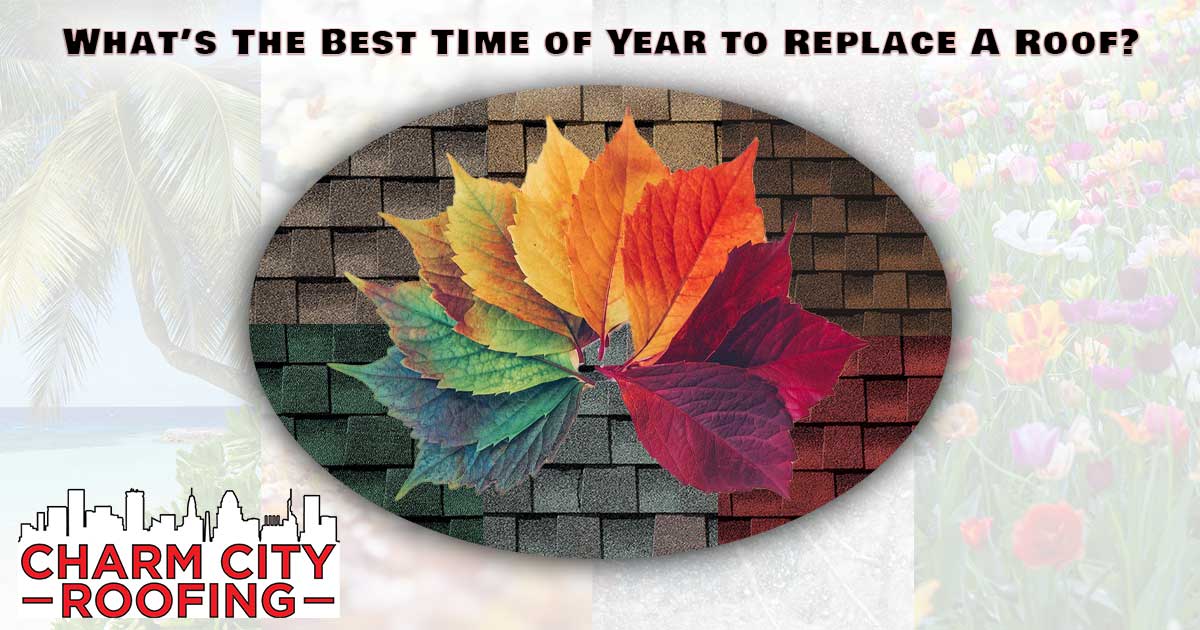
Impact Resistant Shingles
IMPACT RESISTANT SHINGLES
Picture this: it’s the middle of the night, and there’s a storm raging outside your windows. Hailstones batter the windows, and faint crashes sound as lightning and loose tree branches fall from the sky.
In the morning, you see exactly what you feared. Dings and cracks litter your rooftop, and asphalt granules fill your gutter drains. There are bound to be a host of new leaks springing up in the next few months from the damage. You begin picking up the debris from the night before, wishing your roof had been stronger. If only there was a shingle that was thicker, tougher, and more impact resistant than standard asphalt.
Luckily, there is! The roofing industry has a range of shingles available to homeowners who want extra defense against the elements. It’s simple to pick the shingle that best suits your specific protection needs. Careful though—stronger isn’t always better, so make sure you have all the information before you settle on a shingle.
What are shingle classes?
Asphalt shingles cover over eighty percent of all roofs in the United States. They’re a staple of the modern roofing industry (we tend to use nails, not staples, but you get the idea). However, not all asphalt shingles are created equal.
Shingles are broken up into groups based on their durability and impact resistance. This is measured using what we in the industry call “the steel ball test”. It’s just what it sounds like; a steel ball is dropped from various heights onto a waiting shingle. Based on the damage done, the shingles are given one of four classifications:
Class 1 Shingles —
Class 1 shingles are the weakest of the four. They can withstand a steel ball with a diameter of 1.25 inches dropped from a height of 12 feet. That’s nothing to sneeze at. Picture a ping-pong-ball-sized lump of steel dropped from the top of your garage. While they are considered the weakest grade of shingles, they will still do a fantastic job of protecting your home against most falling debris.
Class 2 Shingles —
Class 2 shingles are a bit tougher. They can handle a 1.5-inch steel ball dropped from 14 feet. While still not considered “impact resistant”, they’ll also do a great job protecting your home. These are a great choice for homeowners who want a stronger roof defense without paying a premium.
Class 3 Shingles —
To test Class 3 shingles, a 1.75-inch steel ball is dropped from 17 feet. For those of you who like to hit the golf course, that’s about the size of a standard golf ball.
Class 4 Shingles –
Class 4 shingles are the only class truly considered “impact resistant”. To be qualified as class 4, a shingle must not crack when a 2-inch ball is dropped from 20 feet. If you’re a visual learner, think about the diameter of a can of soda. That’s a beefy shingle!
Impact resistant shingles (IR shingles for short) are built to take a beating. They have more layers than a standard 3-tab shingle, making them thicker, heavier, and, of course, stronger. They also use slightly different materials. Impact resistant shingles make use of a rubberized form of asphalt that is less prone to cracking. This, combined with their extra thickness, is what allows them to deflect hailstones and tree branches with ease.

Impact Resistant Shingles can be installed as a part of a complete roofing system. The system above included GAF Deck Armour moisture barrier, and Weather Watch Leak and Ice Bariirer
Why get Impact Resistant Shingles?
Impact resistant shingles are a smart investment for homeowners who live in high-storm areas, especially places that see a lot of hail. Every year, hail causes thousands of dollars of damages to roofs all over the country. While this is typically a bigger concern for residents of states like Oklahoma and the Dakotas, hailstorms are possible everywhere in the US. We on the east coast are known to get an occasional hailstorm, especially during hurricane season. What’s more, the incidence of hailstorms in Maryland has been steadily rising for several years.
Windy areas may also benefit from impact resistant shingles. While the shingles themselves are not more wind resistant, they are less likely to be damaged by debris kicked up in a windstorm. Falling tree boughs and other flying objects will do much less damage to a home with impact resistant roofing.
Your insurance company may also offer you a better rate if your home uses impact resistant shingles. This varies by region and provider, so make sure to check before you purchase.
When are Impact Resistant Shingles Unnecessary?
In many cases, the extra cost of impact resistant shingles outweighs the benefits to the home. IR shingles will typically be ten to twenty percent more expensive than standard asphalt roofing. For those who live in areas prone to high winds and hailstorms, this is a worthwhile investment. Houses that are surrounded by trees can also benefit from a more resilient shingle when debris from trees is shaken loose by wind. For most people, however, a standard Class 1 shingle will offer more than enough protection.
The Bottom Line
While the standard shingle offers more than enough protection for most cases, it’s always a good idea to understand the options available to you. For Maryland homeowners who experience hurricane weather more severely, an impact resistant shingle may be worth the extra money. For those who want extra protection without paying for a full Class 4 shingle, Class 2 and 3 shingles are a good middle ground. Check with your local roofer to find out what options are best for you!



